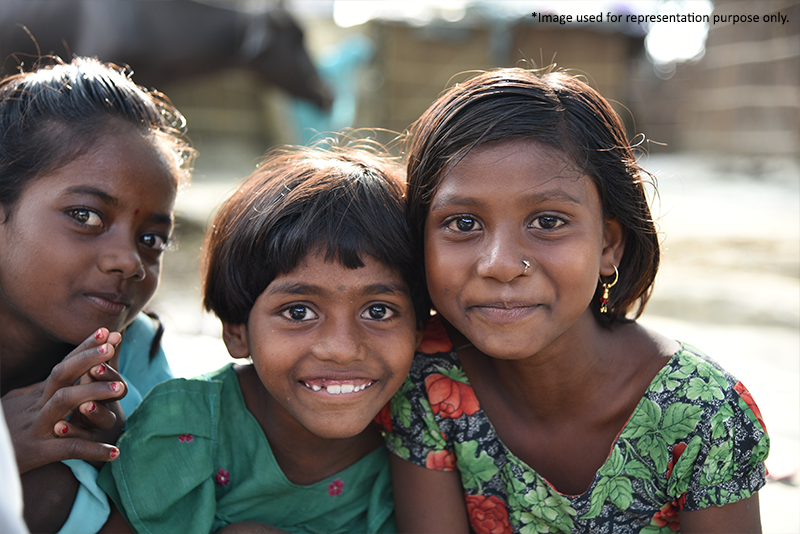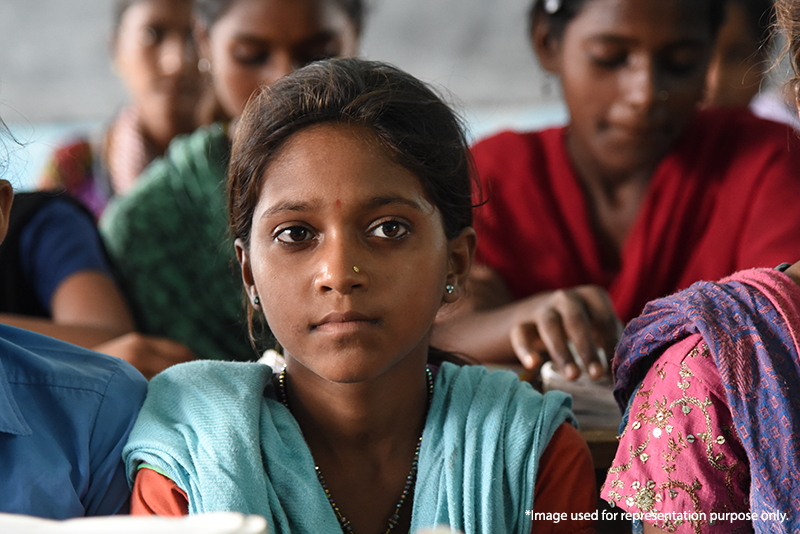
Breaking the cycle of child marriage through education
To evaluate the relationship between education and child marriage, we must rethink who we educate and what we teach. Education brings awareness, ....
Read More
Child marriage is a loaded term
It bears the burden of lost childhoods, lost innocence, lost dreams – and most tragically, the burden of mental and physical trauma on children.
Defined as ‘a marriage of a girl or boy before the age of 18’, child marriage affects children of both genders; however, research suggests that girls are indeed disproportionately affected.
The Lost girls
The girls we lose to child marriage are often at the age where their primary engagement with life is focused on - playing, learning, and sometimes scraping their knees climbing trees, and enjoying small delicacies. Imagine children in such a state of naivety, aged 8 or 9 or 12, finding themselves in a marriage instead of school.
With zero knowledge of intimacy and what it means, with barely enough understanding of periods and their bodies, and armed with only a child’s understanding of life – these girls enter their new homes, which welcome them with expectations from husbands and in-laws.
Toll on physical and mental well-being
These girls are vulnerable. They may be forced into sexual relations before they are ready – physically and emotionally. Research has shown that young children’s bodies are still developing, and this can make them susceptible to the dangers related to early pregnancy.
Truly disconcerting data by the World Health Organization reveals how girls who give birth before the age of 15 are 5 times more likely to die in childbirth than girls in their 20s. Child brides lack the required awareness and access to contraception, hygiene, maternal and reproductive healthcare, family planning and nutrition. A significant number of studies have proved that pregnancy and childbearing among child brides is risky for the girls and their newborns.
With no prospects or dreams ahead of them and no access to education to help them out of this situation, child brides may find themselves facing isolation and anxiety. They are vulnerable to gender-based violence and may find it difficult to assert themselves in front of family members who are in positions of control. The overall environment can have grave long-lasting outcomes such as poor health and depression for the children.
The Battle Continues
Countries across the world have committed to end the practice by the year 2030, which is part of the United Nations Sustainable Development Goals. CRY, among many other warriors, continues its fight to prevent child marriages in all our project areas across 19 states in India. We do this by identifying vulnerable children, aligning with local bodies and counselling families. You can join the fight by supporting us in our endeavour to end child marriage.